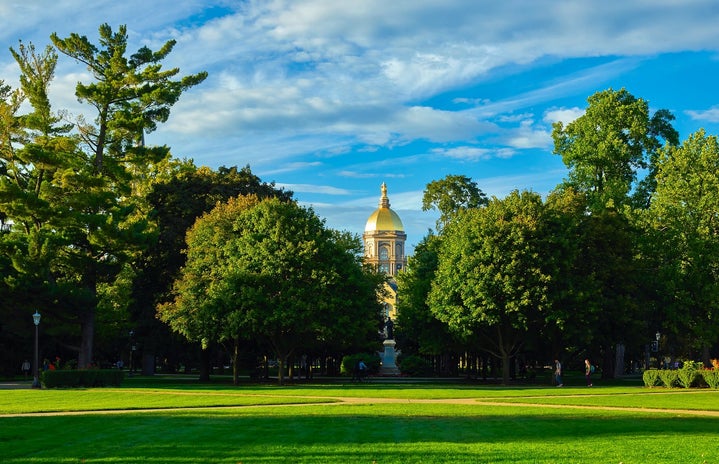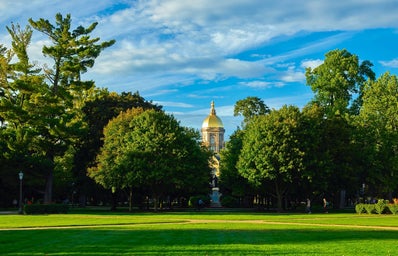When we’re little, life is simple. We watch Disney movies and all we see is a beautiful princess who gets saved by the handsome prince, and they live happily ever after. We don’t see the heteronormative expectations set upon us from such an early age, the expectations put on us that say, as women, our job is to remain helpless and wait for a man to come and save us. One Disney movie that I watched in my early childhood stands apart from the rest: Beauty and the Beast.
Belle is the first princess who is brave enough and who has sufficient character development to be her own person (not just an object of the male gaze), reject heteronormative roles, and create her own happy ending. Due to the fact that she reads habitually, a hobby abnormal for young women in the town in which she lives, and is the daughter of an eccentric inventor, Belle is seen as a strange outcast from society. While the other young women in the town fawn over Gaston, the brutish, overly masculine bachelor of the town, Belle would rather read stories to the town’s children and assist her father with his inventions.
When Gaston assumes Belle will marry him simply because he is handsome, he treats her like a prize he has won and therefore has a right to take, not as a human being with personal autonomy and a sense of agency. She refuses because she wants more than to just settle down into the normative role of wife that society expects her to take. In her own words, she “want[s] much more than this provincial life,” and she is willing to take risks and reject societal expectations to do so.
Even when she is taken hostage by the Beast, she refuses to simply submit to his oppression and instead challenges him to better himself. Simultaneously, she discovers how she wishes to lead her own life.
As opposed to the Disney princess narratives preceding this one, which focus on the powerless maiden, often asleep, entrapped, or silent for the majority of the movie, only to be saved by the heroic prince, Beauty and the Beast develops Belle’s character as an independent, goal-driven woman who can stand up for and save herself.
There have been several interpretations of Beauty and the Beast, but the upcoming cinematic production featuring Emma Watson as Belle has so far proven itself to even further support the feminist movement. Emma Watson herself has done much to contribute to the feminist movement, from her iconic “He for She” speech to her recent appearance at the Women’s March on Washington D.C. Additionally, Watson has requested changes to Belle’s character and appearance, asking that she not be required to wear a corset under her dresses and suggesting that Belle works as an inventor alongside her father.
While Beauty and the Beast is not the perfect feminist narrative, at the time it was written, its presence in children’s media definitely made a large step in advocating for feminism. I am incredibly excited to see the upcoming adaptation of the film, and I hope that Disney continues moving toward creating feminist narratives in the future.




